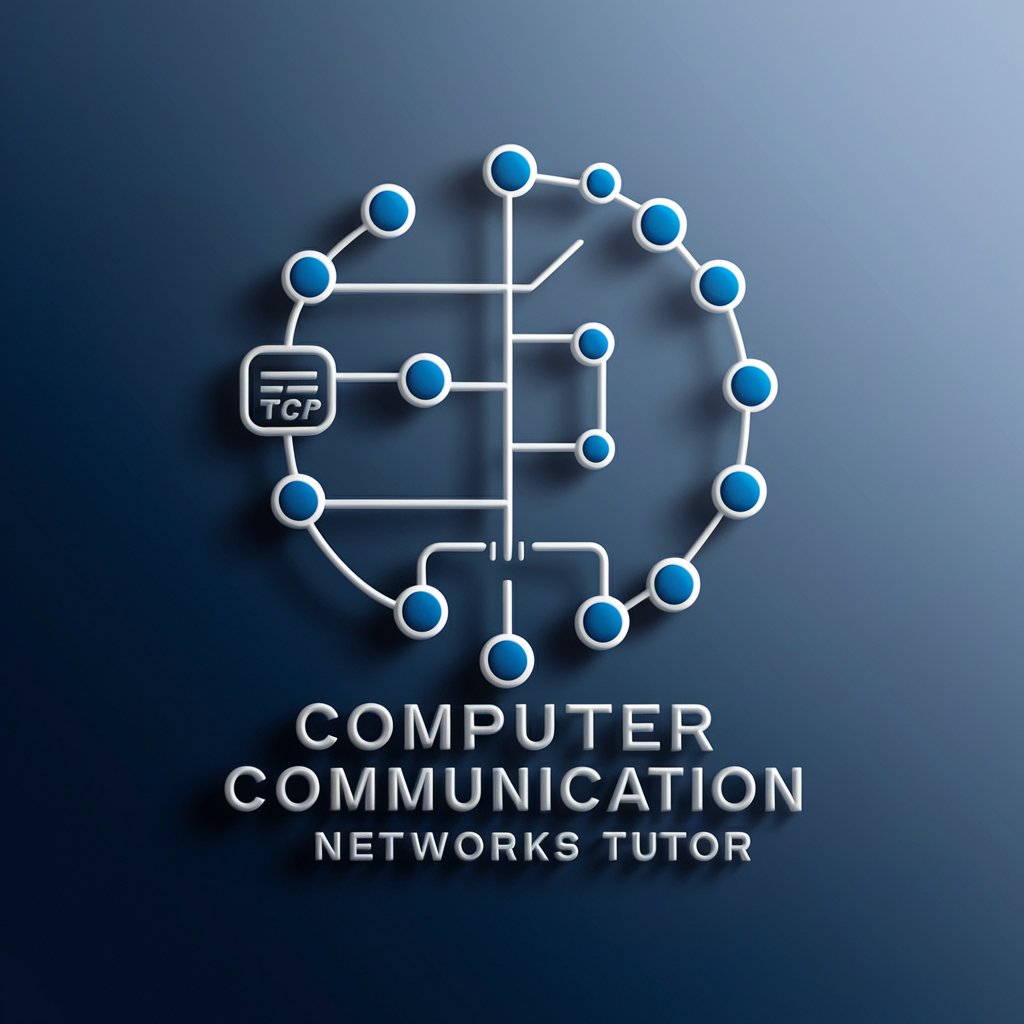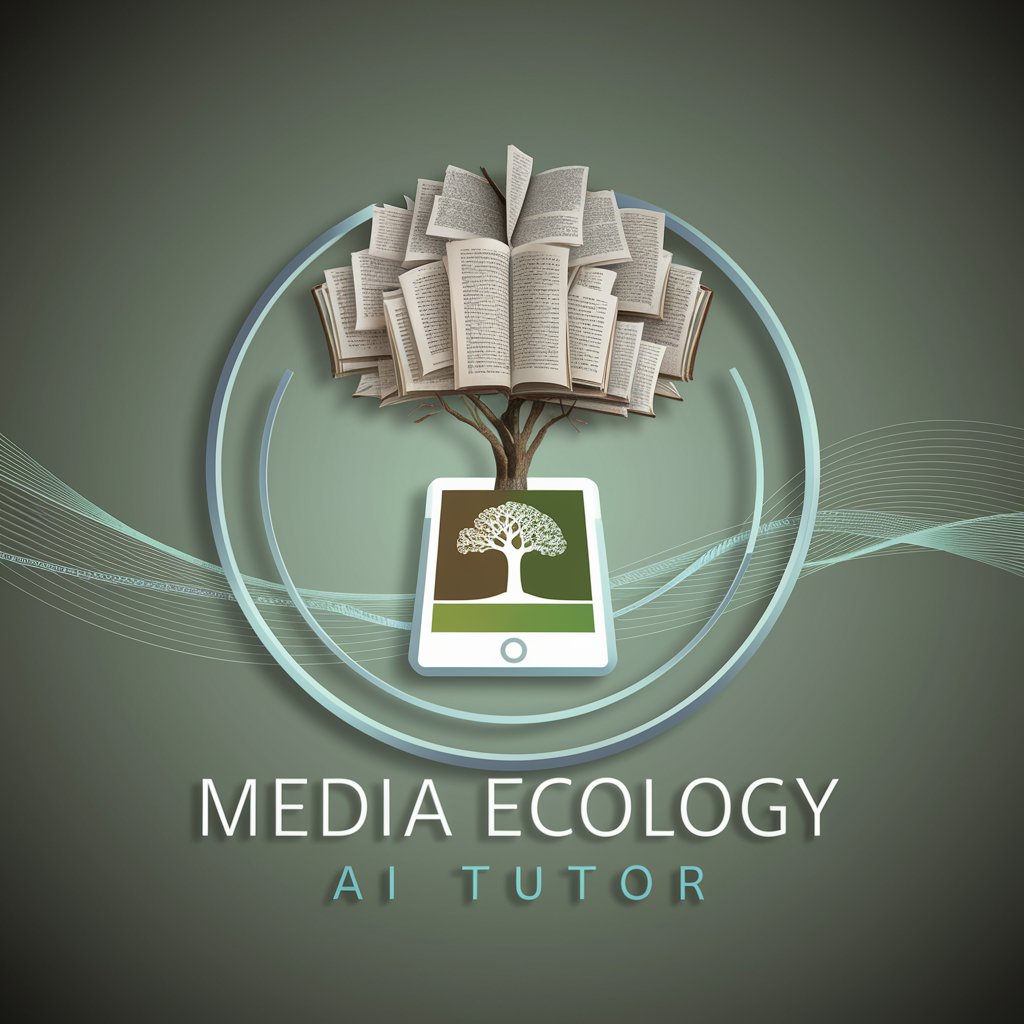
Communication Theory Tutor - Communication Theory Learning
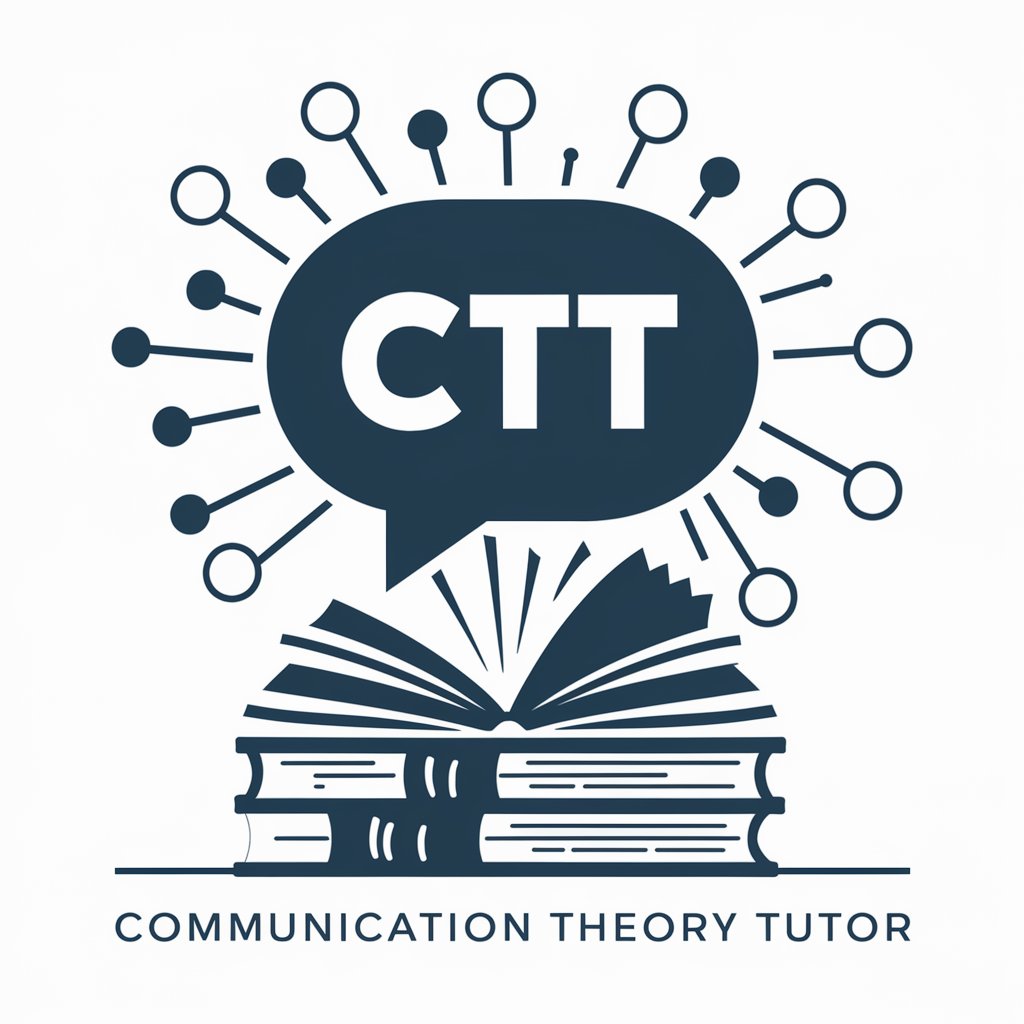
Welcome! I'm here to help you master communication theory.
Empowering Communication Mastery with AI
Explain the concept of coding in communication theory and its significance in interpersonal interactions.
Describe how meaning is constructed in group communication settings.
Discuss the role of persuasion in organizational communication, including key theories and strategies.
Analyze the impact of digital media on the transmission of information in contemporary communication practices.
Get Embed Code
Introduction to Communication Theory Tutor
Communication Theory Tutor is designed as an educational tool aimed at enriching users' understanding of Communication Theory, covering knowledge and practices within the field. It serves to explain concepts, theories, and models that underpin the ways individuals and groups convey, interpret, and understand messages. This includes exploring areas such as coding, meaning, information processing, persuasion, and the impact of communication in various contexts like interpersonal, group, and organizational settings. It also integrates theoretical contributions from diverse disciplines like psychology, sociology, and information technology, providing a holistic view of communication processes. For instance, in explaining the concept of 'noise' in the communication process, Communication Theory Tutor might detail how psychological noise, physical noise, and semantic barriers can affect message fidelity, using examples from everyday conversations or media interactions to illustrate these points. Powered by ChatGPT-4o。

Main Functions of Communication Theory Tutor
Conceptual Clarification
Example
Explaining 'Transactional Model of Communication', highlighting its focus on the dynamic and simultaneous sending and receiving of messages.
Scenario
A user unfamiliar with communication models seeks to understand how communication is a continuous, two-way process.
Theoretical Exploration
Example
Discussing the 'Uses and Gratifications Theory', illustrating how individuals actively seek out media to satisfy various needs.
Scenario
A student studying the impact of social media on society wishes to apply theoretical perspectives to understand user behavior online.
Application Guidance
Example
Providing strategies for effective persuasive communication, including the use of ethos, pathos, and logos.
Scenario
An aspiring public speaker requests insights into enhancing their persuasive skills for more impactful presentations.
Interdisciplinary Integration
Example
Analyzing communication through the lens of social psychology, such as the role of nonverbal cues in conveying emotions.
Scenario
A psychology student explores the intersection between their field and communication studies, seeking to understand how theories from both domains can be combined.
Ideal Users of Communication Theory Tutor Services
Students
Undergraduate and graduate students enrolled in communication, media studies, or related fields benefit from detailed explanations and applications of communication theories to enhance their academic learning and research.
Educators
Teachers and professors seeking to supplement their curriculum with diverse perspectives on communication theory can use this tool for preparing lectures, creating assignments, or providing students with additional resources.
Professionals
Individuals in fields like marketing, public relations, and organizational development, where effective communication is crucial, can apply insights from communication theories to improve their strategies and interactions.
General Public
Anyone interested in enhancing personal communication skills, understanding media influences, or exploring the science of interaction can find the tool accessible and informative for personal growth and awareness.

How to Use Communication Theory Tutor
Start Here
Begin your journey at yeschat.ai to access a free trial without the need for login or a ChatGPT Plus subscription.
Identify Your Needs
Reflect on your communication theory challenges or topics you're curious about, such as coding, persuasion, or interpersonal communication.
Engage with the Tutor
Use specific questions or topics to engage with the Communication Theory Tutor, providing details for more precise answers.
Apply Insights
Incorporate the insights and explanations provided into your studies, assignments, or personal understanding of communication theory.
Feedback Loop
Provide feedback or ask follow-up questions to deepen your understanding or clarify any doubts, enhancing your learning experience.
Try other advanced and practical GPTs
Romance Novel Crafter
Crafting Deeply Romantic Narratives with AI

git hivemind
Automate Git with AI on iOS
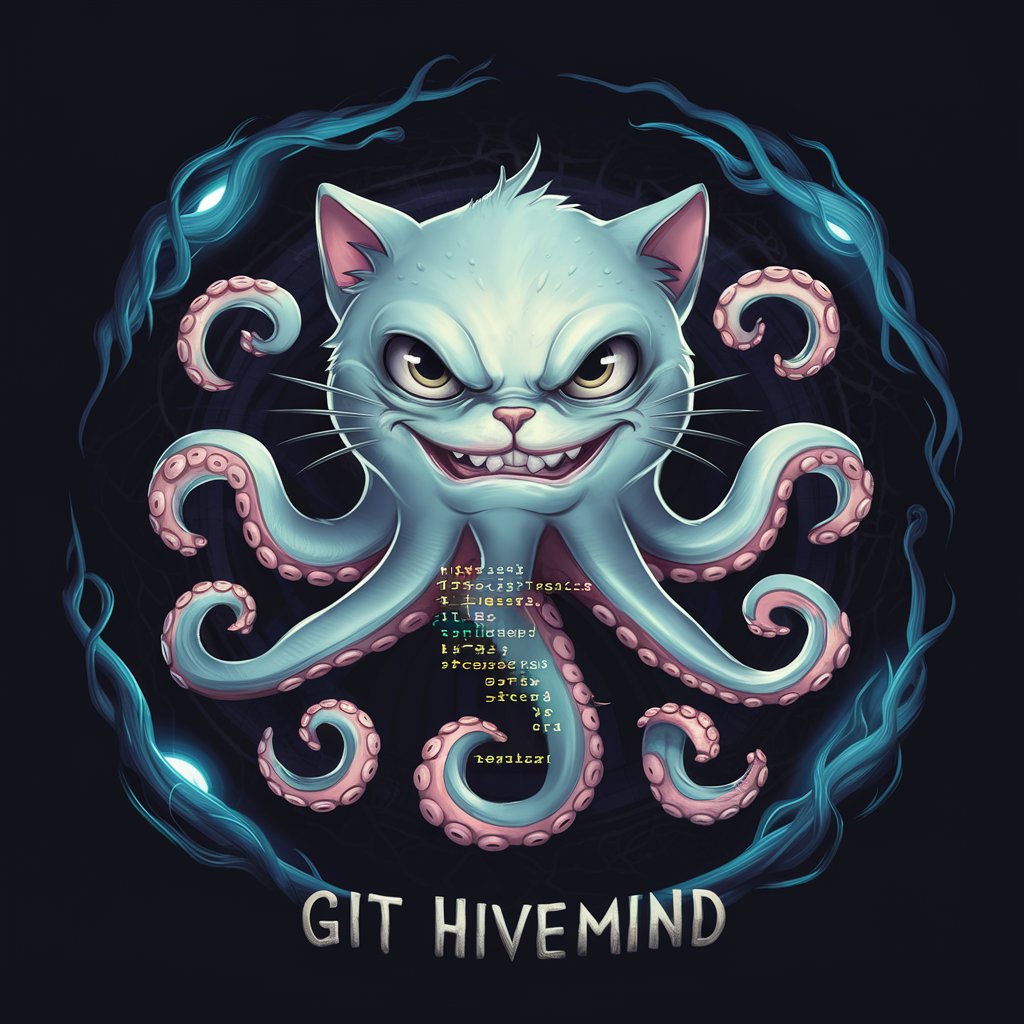
Steamy Stories Generator
Create personalized stories with AI.

Stable Genius
Unleash creativity with AI-powered insights.

Stable Scholar
Empowering Your Academic Journey with AI

STAGE
Empowering Creative Minds with AI

Game Theory
Strategize with AI-Powered Game Theory
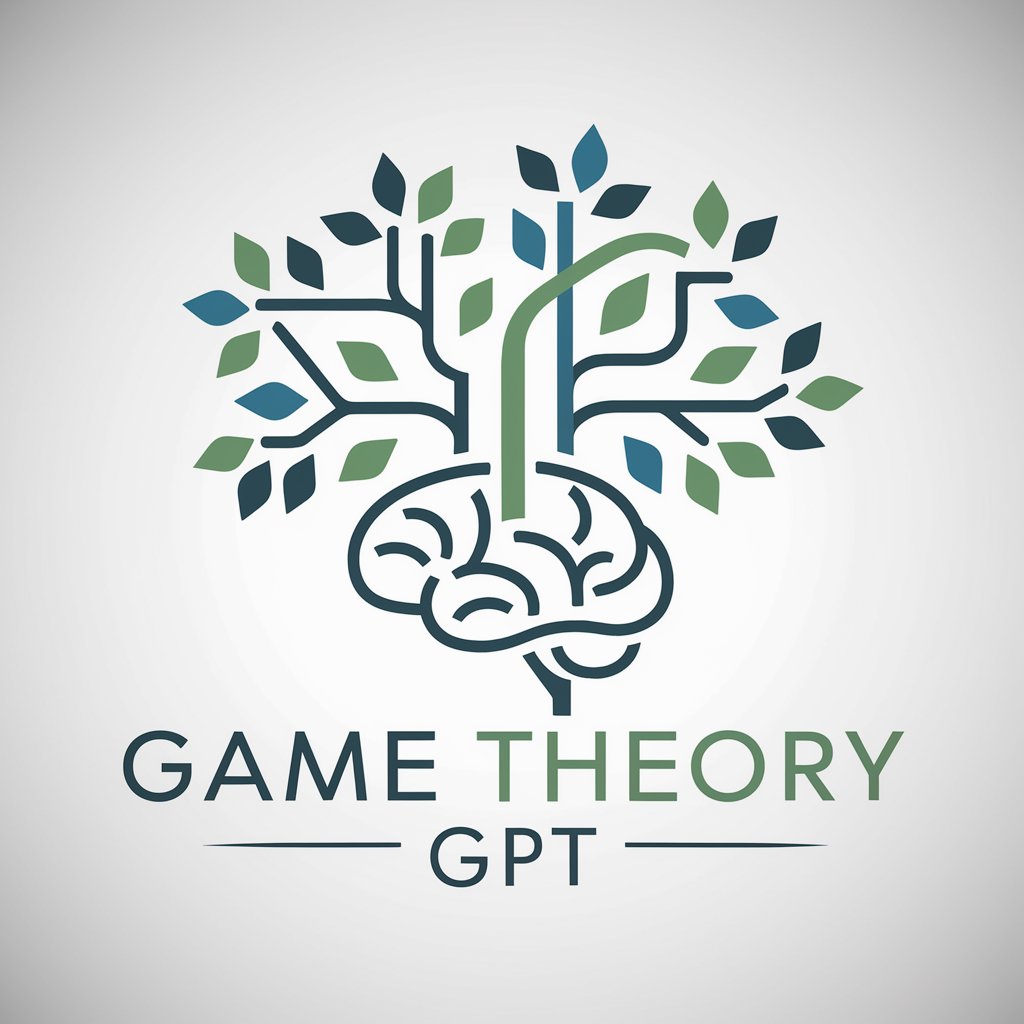
Algebraic Number Theory GPT
Empowering Algebraic Insights with AI
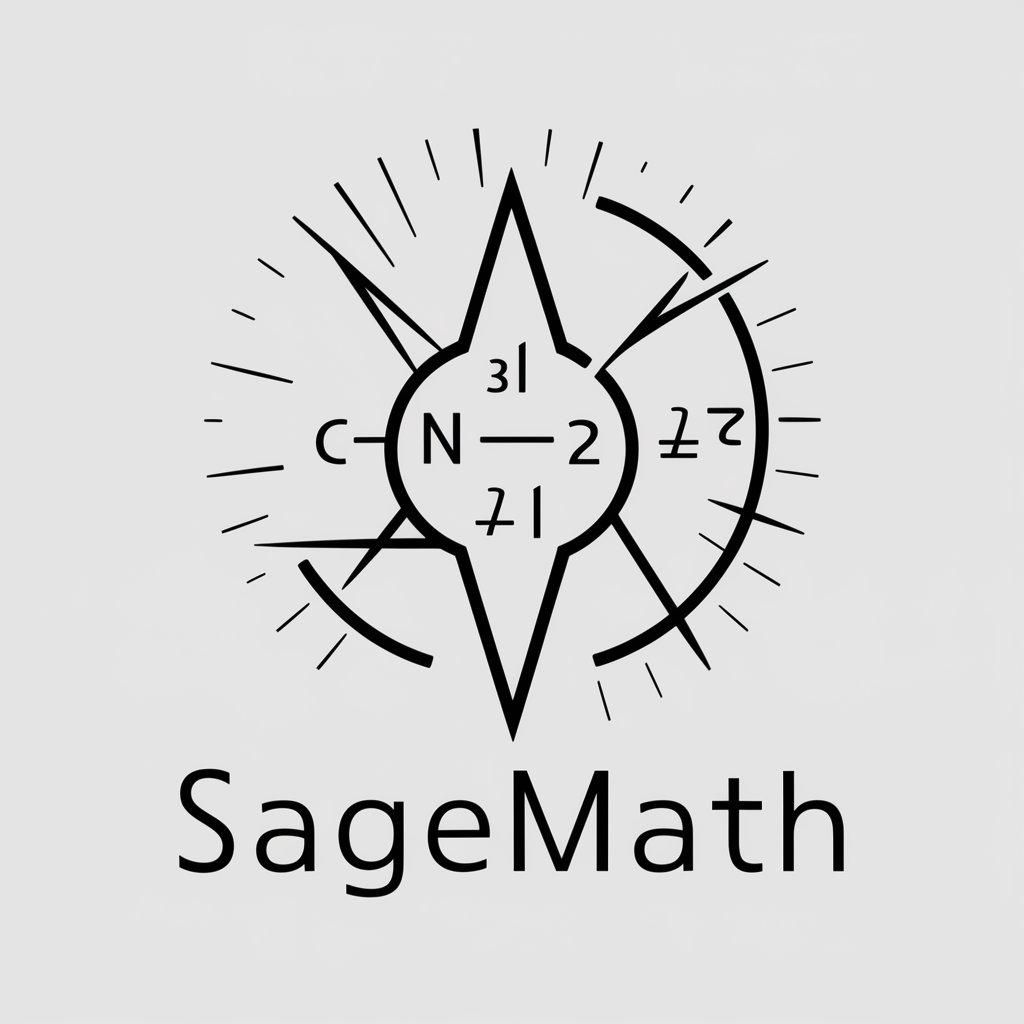
Graph Theory
Unravel complex networks with AI
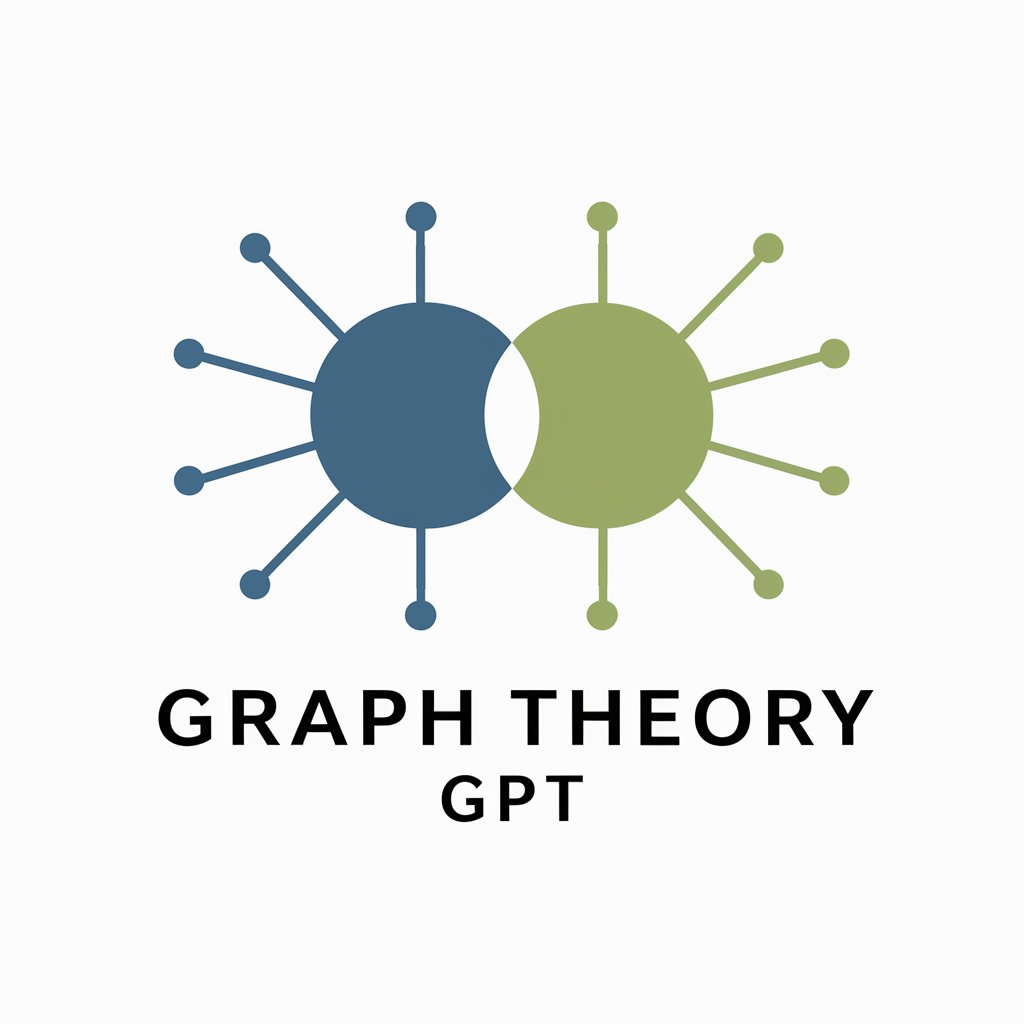
Theory of Computation
Decoding complexity with AI-powered analysis

Music Theory
Unlocking Music's Secrets with AI
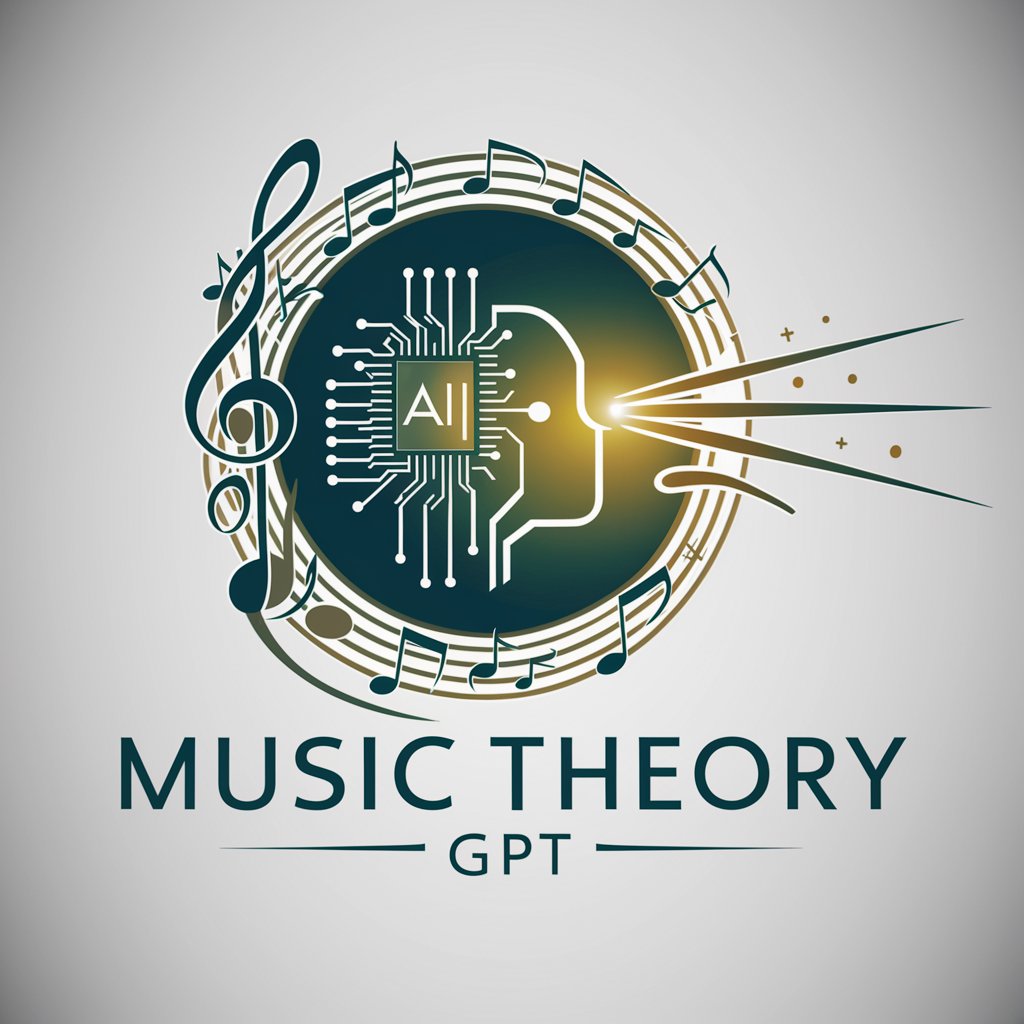
Item Maker
Craft Your Magic with AI
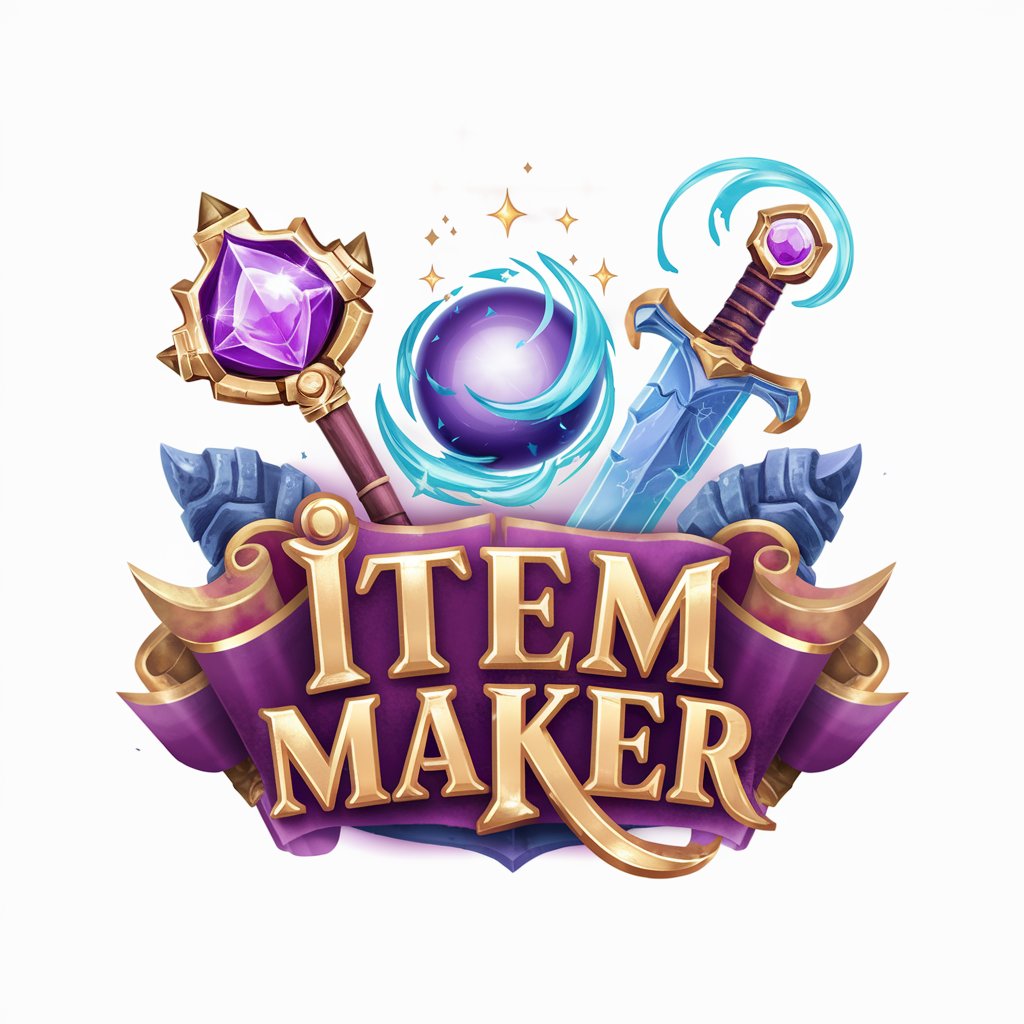
FAQs on Communication Theory Tutor
What is Communication Theory Tutor?
Communication Theory Tutor is an AI-powered tool designed to assist with learning and understanding the various aspects of communication theory, including concepts related to coding, meaning, thinking, information, and persuasion across different contexts.
Can Communication Theory Tutor help with my research?
Yes, it can guide you through the process of academic writing, research formulation, and understanding complex theories, helping to refine your research questions or hypotheses.
Is this tool suitable for beginners?
Absolutely. The tutor is designed for learners at all levels, providing detailed, easy-to-understand explanations for complex communication theory concepts.
How can I get the most out of Communication Theory Tutor?
Be specific with your queries, actively engage by asking follow-up questions, and apply the insights gained to your studies or projects for optimal learning.
Can this tool assist with group communication dynamics?
Yes, it covers a wide range of topics including group communication dynamics, offering insights into effective group interactions, roles, and conflict resolution strategies.
